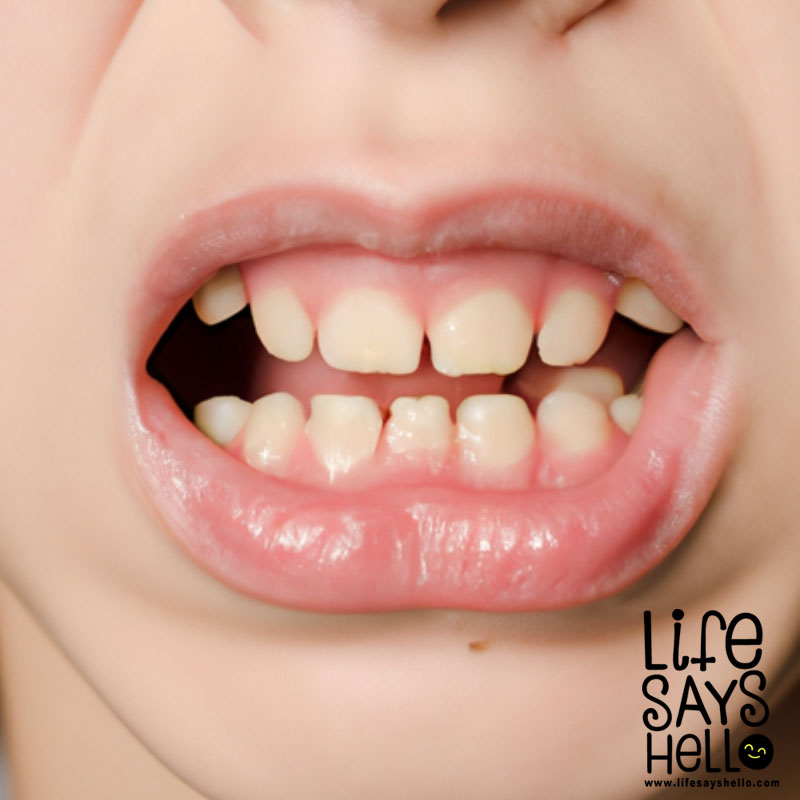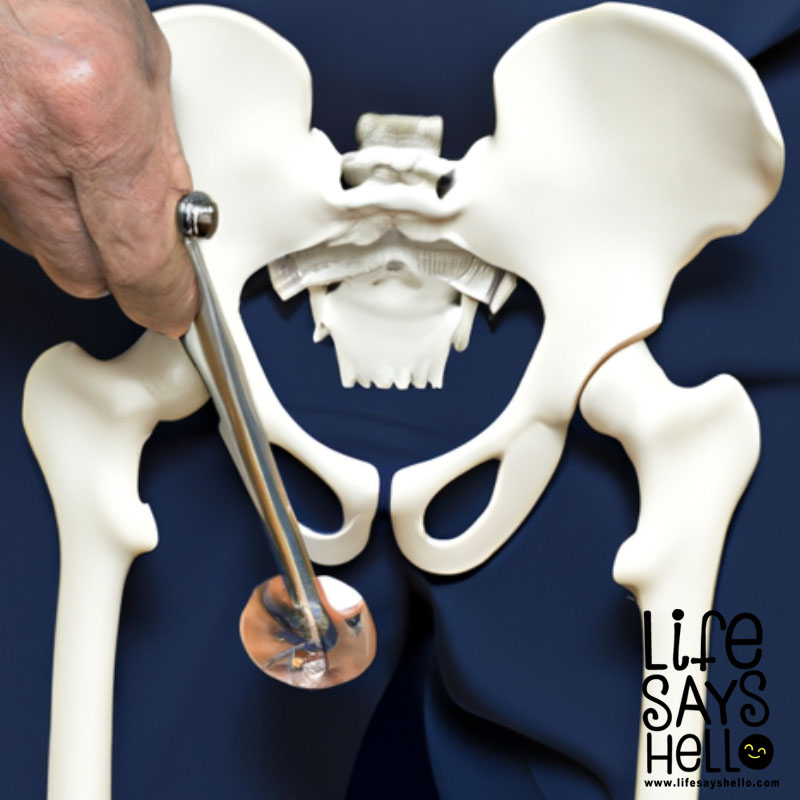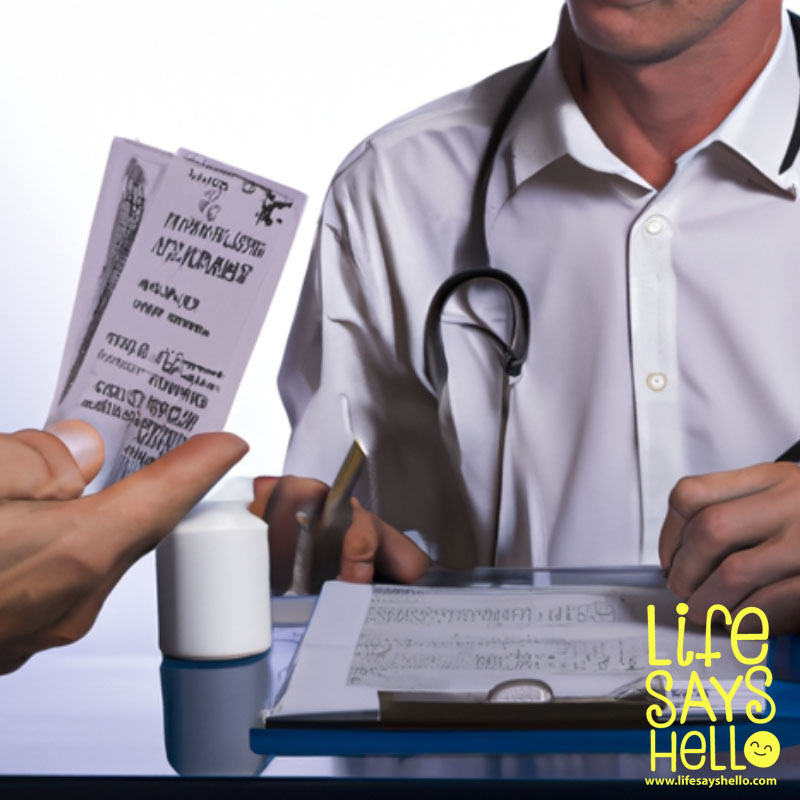What To Do When a Rotten Tooth Falls Out: 4 Immediate Steps

Losing a tooth can be an alarming and painful experience. But when that tooth is already rotten, it becomes especially important to act quickly to prevent further dental issues and complications.
If one of your rotten teeth falls out, don’t panic. Follow these 4 critical steps immediately to protect your dental health.
Contact Your Dentist ASAP After a Rotten Tooth Falls Out
The first thing you should do when a rotten tooth falls out is contact your dentist’s office right away.
I mean it - call them as soon as it happens or at least within the same day. Don’t wait around for a day or two.
Getting in touch with your dentist quickly is crucial for several reasons:
They can advise you on the proper next steps based on your unique situation.
It allows them to schedule an emergency or urgent appointment to see you soon.
The dentist can assess if the empty socket needs any special care or cleaning.
Quick action helps prevent infection or other complications in the socket.
It gives the dentist a chance to evaluate the tooth itself if you still have it.
They may want to take an x-ray to check for any fragments left behind.
For teeth with root canals, they can examine issues with the crown or root.
If the tooth can’t be saved, your dentist can discuss replacement options with you right away.
Ideally, you’ll want to see your dentist within 1-2 days after the tooth falls out. This allows them to provide timely treatment and advice.
Calling them quickly also shows you’re on top of your dental health. Dentists always appreciate proactive patients who reach out for guidance.
So the first phone call after losing a rotten tooth should be to your dentist’s office. Explain what happened and that one of your rotten teeth fell out. Answer any questions they have about symptoms or dental history.
Then follow their recommendations for next steps, even if it’s just making an appointment. Don’t put it off!
Handle the Tooth Carefully After it Falls Out
If you still have the rotten tooth after it falls out, it’s important to handle it carefully until you can see your dentist.
Proper tooth handling can help preserve it and give your dentist more options for treatment and evaluation.
Here are some tips for appropriate care of the tooth right after it falls out:
Pick it up by the crown, not the root. The crown is the visible part in your mouth. The root is the part embedded in your jawbone. Hold the dry tooth by the crown to avoid damaging the root.
Rinse gently under cool water if needed. Gently rinse off any blood or saliva - but don’t scrub!
Don’t use soap, chemicals or toothpaste. Stick to plain cool water and avoid any soaps, disinfectants, or toothpaste. Harsh cleaners can damage the root surface.
Blot dry with gauze or a paper towel. After rinsing, gently blot - don’t scrub! Damaging the root affects reimplantation chances.
Place in a temporary storage container. Put the tooth in a small container with a lid, like a pill bottle or Tupperware. Add a bit of milk, saliva or saline solution to keep it moist.
Avoid direct contact with any surfaces. Don’t set the tooth directly on a counter or tissue. The root can adhere to surfaces, damaging it when you pick it up again.
Get to the dentist ASAP. The goal is to keep the tooth intact and moist until the dentist can evaluate it. Timeliness is key.
With some care, you can preserve a knocked out tooth for possible reimplantation or other use by your dentist. Just remember - handle gently by the crown, rinse carefully, and get to your appointment quickly!
Try to Reimplant the Tooth if Possible
If you act quickly after the tooth falls out, it may be possible to reinsert it back into the socket for potential reattachment.
Of course, you should only attempt this if the tooth is fully intact, undamaged, and was a healthy tooth prior to falling out.
And only do it before seeing your dentist if you can replace it into the socket within 30 minutes to an hour after it falls out. The chances of reattachment decline sharply after that window.
But under the right circumstances, you may be able to carefully reimplant the tooth into the empty socket temporarily:
First, rinse the tooth root gently with saline or milk if needed. Do not scrub.
Examine the empty socket in your gum and remove any debris or food particles.
Gently insert the tooth into the socket using light pressure. Don’t force it.
Hold it in place by lightly biting down. You want mild pressure against it.
Use gauze to keep it stable until you can see a dentist. But avoid extensive wrapping.
See your dentist right away! They will properly reposition and splint the tooth if it was put back in correctly.
The dentist will examine for proper alignment and bite. They may take x-rays to verify positioning.
They will then gently reposition it if needed and splint the tooth to neighboring teeth. This stabilizes it.
Splinting is done by wiring or bonding the teeth together for support. The stabilizing splint is left on for several weeks.
Proper reimplantation by your dentist gives the tooth ligaments the chance to reattach and heal.
It’s critical to see the dentist quickly so they can splint the tooth before ligament cells dry out and die.
Timely splinting improves the prognosis and survival chances of the reimplanted tooth.
Other follow-up care like a soft diet, antibiotics and pain medication may be prescribed.
Down the road, you may need a root canal or crown lengthening procedure. Your dentist will advise.
So in cases where a tooth quickly falls out due to injury or advanced decay, you may be able to temporarily reinsert it yourself gently. But always see an emergency dentist immediately afterward for proper reimplantation and splinting treatment. Those steps give the tooth the best odds of survival.
Store the Tooth Properly Until You See the Dentist
If you aren’t able to temporarily reimplant the tooth, the next best option is to store it very carefully until your dental appointment.
Proper tooth storage between the time it falls out and your dentist visit helps preserve cell viability and improves the chances that it can be reinserted later.
Follow these tooth storage steps:
First, gently handle and rinse the tooth as discussed earlier. Do not scrub.
Place the tooth in a small container with a lid, like a pill bottle or Tupperware.
Cover the tooth fully in milk, saliva or saline solution. This prevents the root from drying out.
Bring the container with you to the dentist. Leave the tooth immersed until the appointment.
If you have multiple teeth, place each one separately in milk or saline in individual containers.
Time is critical. See the dentist as soon as humanly possible to replant the tooth.
The longer the wait, the lower the odds that the tooth root will take when reimplanted.
If it’s an extremely long wait, your dentist may decide replantation is no longer viable. But storage gives you the best shot.
Why are these storage steps so important?
When a tooth falls out, the root surface starts to dry out immediately. Drying causes cell damage and death.
Keeping the root moist in fluid maintains cell viability longer.
Milk has ideal osmolality to keep cells alive. Saliva or saline also work.
Extraoral dry time beyond 15-20 minutes reduces chances of tooth survival.
So even if you can’t replant the tooth yourself, proper storage can gain you precious time until the dentist can attempt replantation. Just make sure you see emergency dental care ASAP and bring the tooth with you!
Discuss Tooth Replacement Options with Your Dentist
Unfortunately, it’s not always possible to save and reimplant a tooth after it falls out.
If the tooth is too damaged, the fall caused trauma to surrounding teeth, or too much time has lapsed, your dentist may recommend an alternate tooth replacement option.
Here are some of the common choices for replacing a lost tooth:
Dental implant: A titanium implant post is surgically inserted into the bone, followed by an artificial crown. This creates a permanent, stable replacement tooth.
Dental bridge: Adjacent teeth are prepped to hold a false tooth (pontic) that replaces the missing one. Very common restoration choice.
Removable partial denture: Acrylic and metal partial denture that has false teeth and clasps to secure it. Can be taken out.
Full dentures: Full removable set of artificial teeth. An option when multiple teeth are already missing.
No replacement: If in the back and appearance isn’t a concern, you may opt to simply have the gap closed.
Your dentist will discuss the pros and cons of each option given your dental needs and budget. If they recommend a restoration, you’ll come back for sizing and impressions.
For front teeth, immediate temporary partial dentures can be inserted right away. This quickly restores appearance until the permanent replacement is ready.
Tooth loss can be upsetting, but modern dental restorations allow for a very natural-looking smile. With your dentist’s help, you can decide how to best replace the fallen tooth.
Conclusion: Act Quickly When You Lose a Rotten Tooth
Losing a tooth, especially one that was already decayed, can be alarming. But there are steps you can take right away to protect your oral health.
First, contact your dentist’s office immediately so they can see you urgently. Next, carefully handle and store the tooth in an effort to preserve it.
If circumstances permit, you may be able to gently reinsert the tooth into the socket temporarily. Just be sure to still see your dentist quickly afterward for proper repositioning and splinting.
Storing the tooth properly until your appointment gives you the best shot at reimplantation success. If that’s not possible, discuss other tooth replacement options with your dentist.
The faster you take action when a rotten tooth falls out, the better! With rapid response, you can minimize further complications and restore your smile. Just stay calm, handle the tooth gently, and let your dentist guide you through the next steps.




Comments